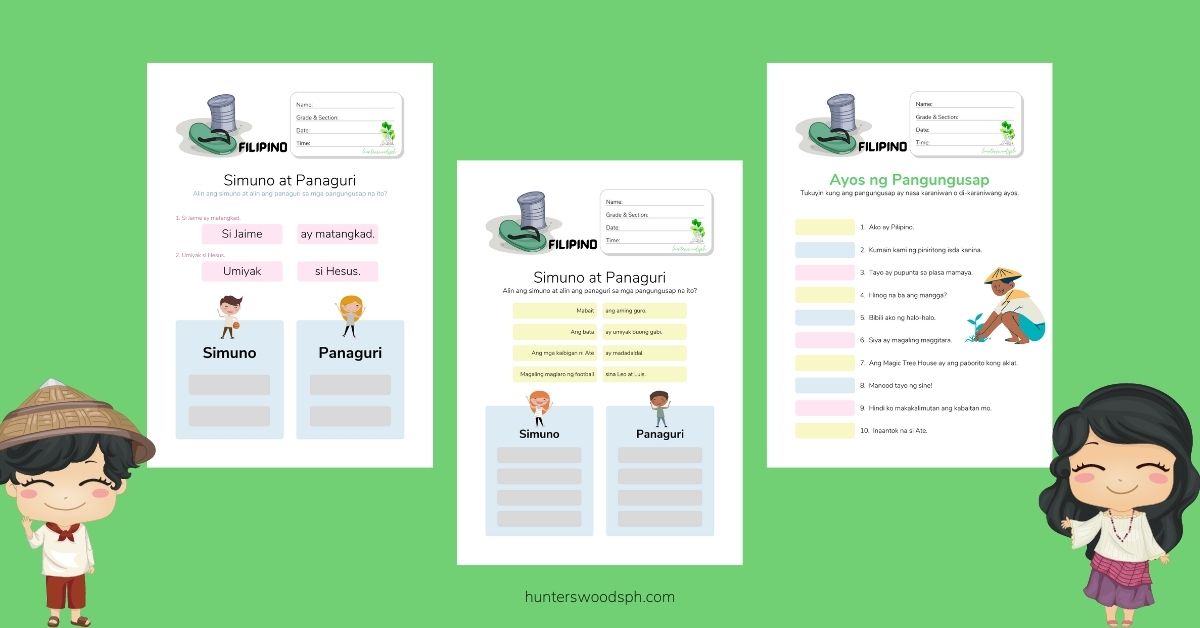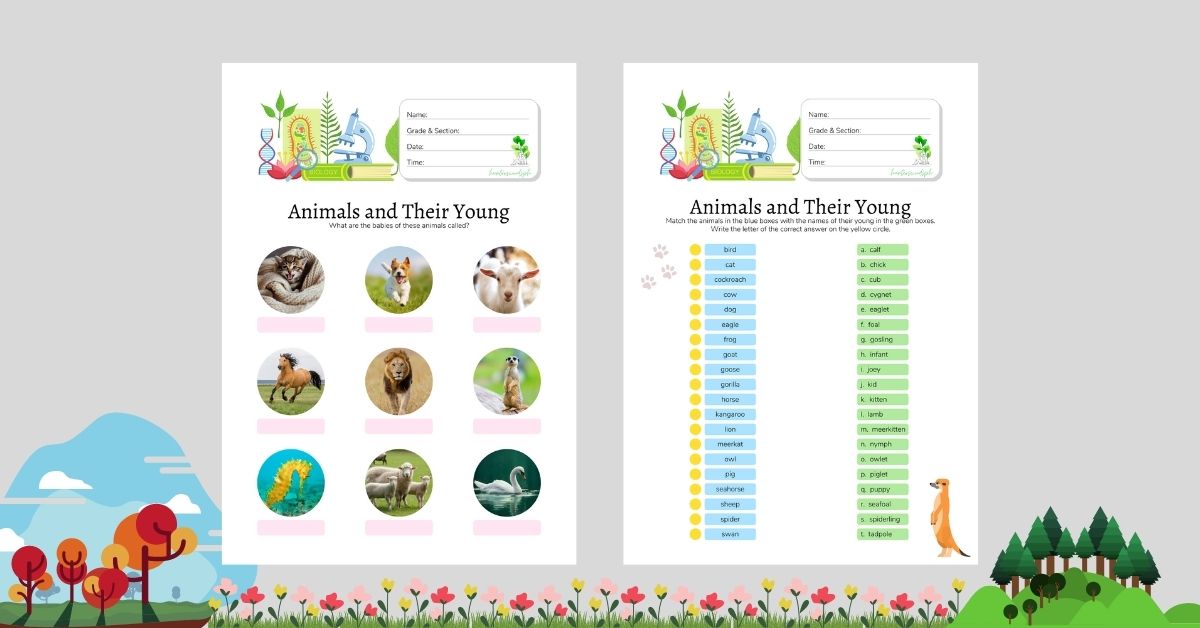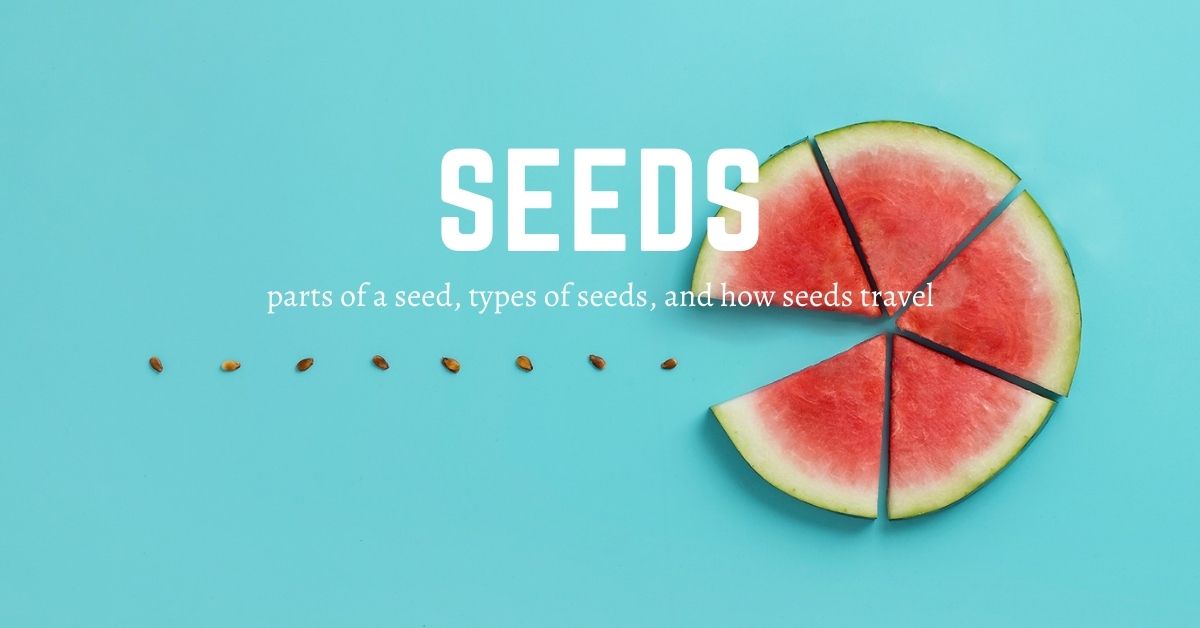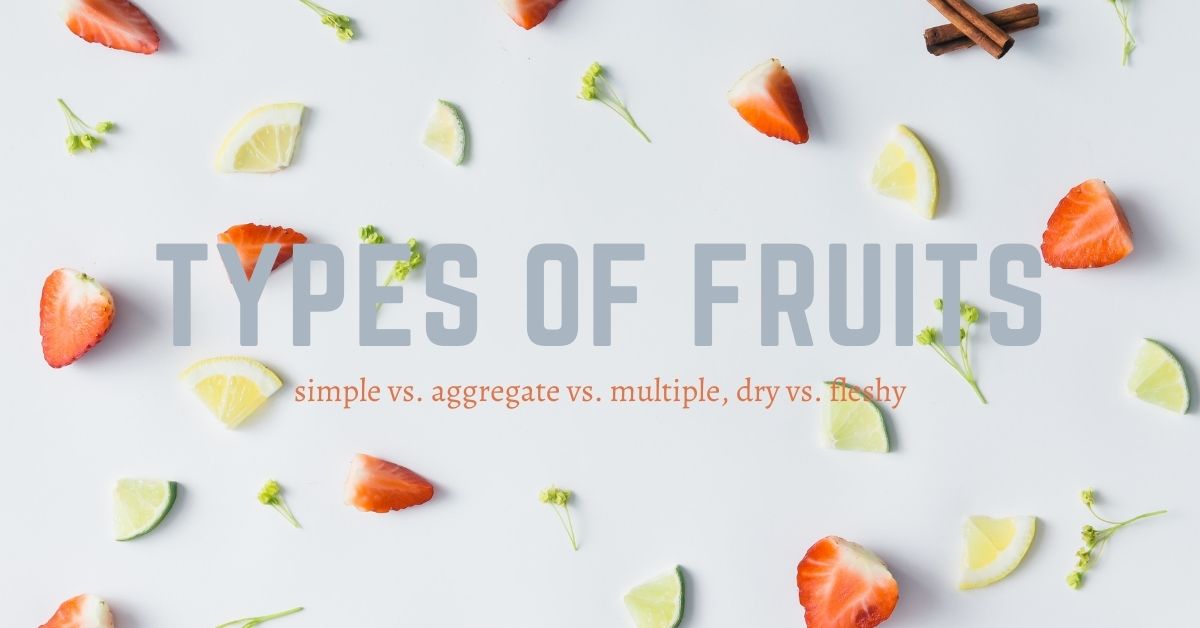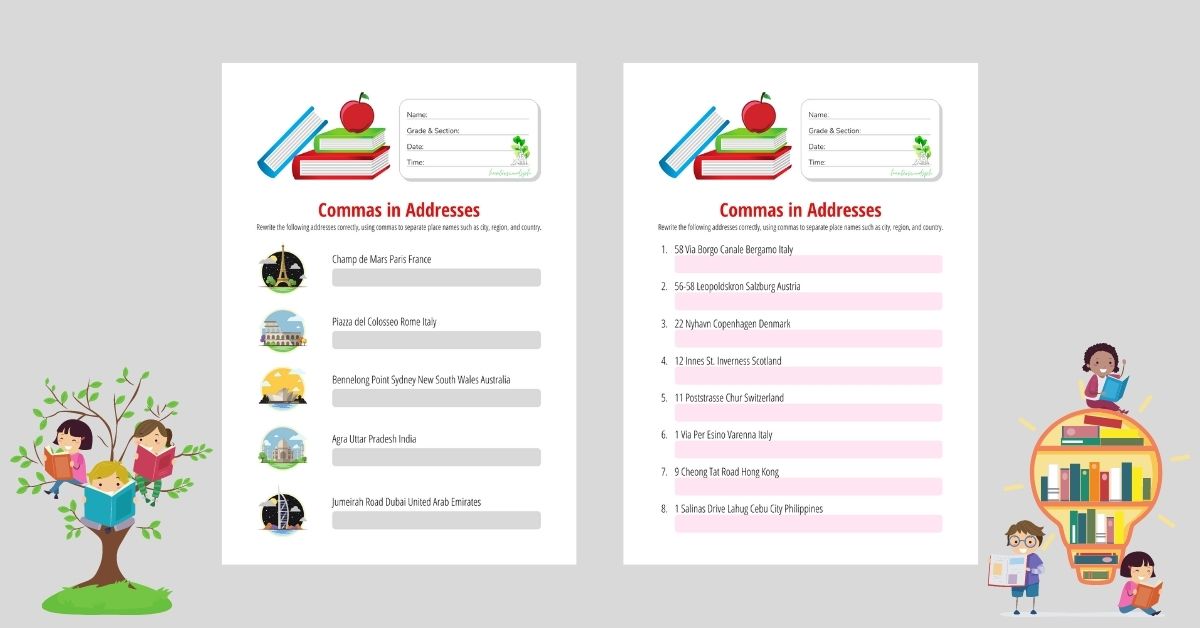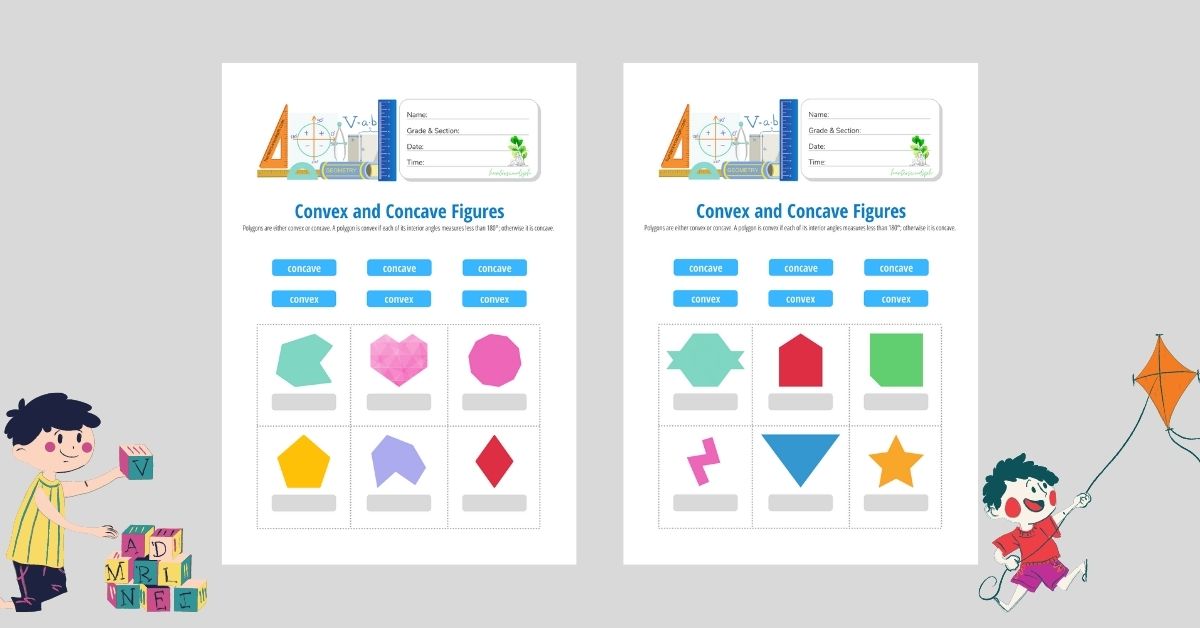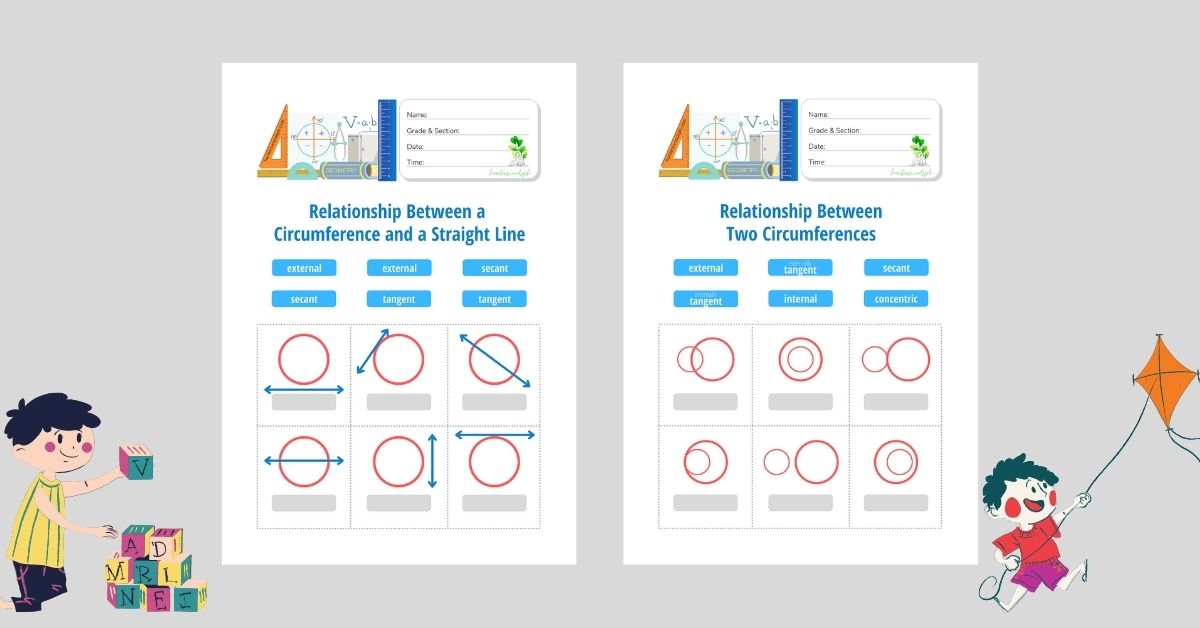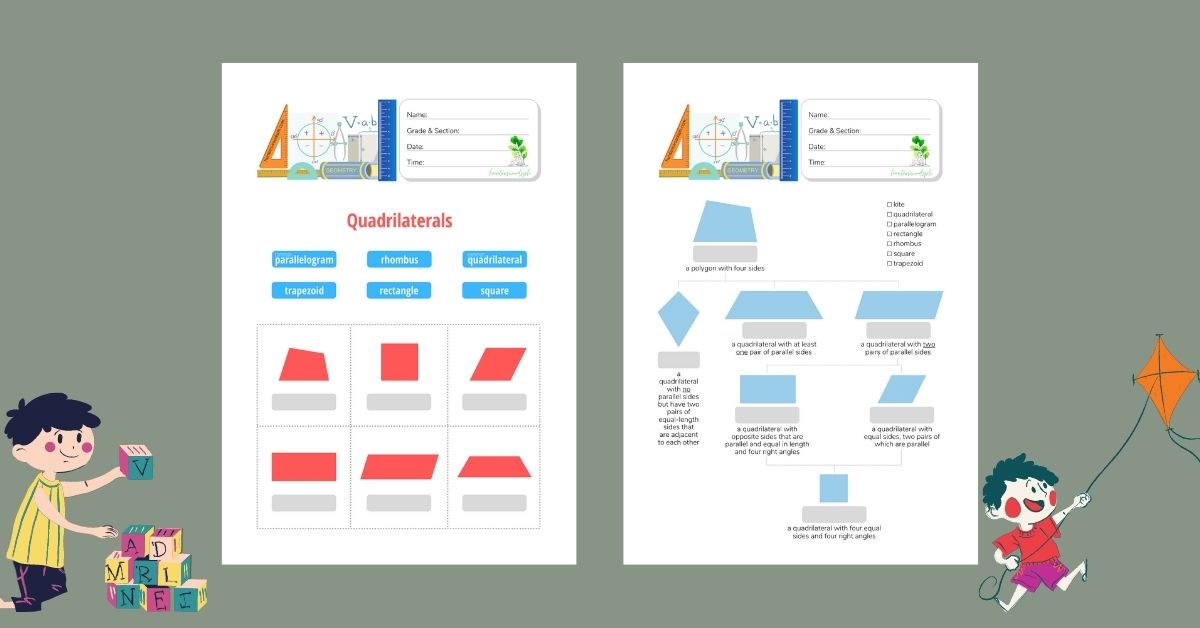Quick lesson and free worksheets on mga bahagi ng pangungusap (simuno at panaguri) and ayos ng pangungusap (karaniwan o di-karaniwan).
Category: Montessori Education
Everything related to Montessori education, both worldwide and in the Philippines
Animals and Their Young
A quick list of animals and what their young is called, plus free worksheets to help kids master the most common young animals’ names.
Parts of a Seed, Types of Seeds, and How Seeds Travel
Learn the different parts of a seed, the two main types of seeds, and the various methods of seed dispersal. Use the free worksheets to reinforce learning.
Types of Fruits with Examples – HuntersWoodsPH.com Biology
Learn about the different types of fruits: simple, aggregate, and multiple, as well as dry and fleshy (succulent). Use the free worksheets to reinforce learning.
Types of Flowers with Examples – HuntersWoodsPH.com Biology
Learn about the different types of flowers — complete vs. incomplete, perfect vs. imperfect, solitary vs. inflorescent — with a list of examples for each.
Use of Commas in Series, Dates, Addresses, Quotations, and Dialogue
The basic rules for using commas in series, dates, addresses, quotations, and dialogue, with worksheets to help reinforce learning.
Parts of a Quadrilateral – HuntersWoodsPH Geometry Worksheet
The different parts of a quadrilateral and their definitions: side, angle, vertex, base, height, diagonal, perimeter, and area.
Convex vs. Concave Polygons – HuntersWoodsPH Geometry Worksheets
Learn the difference between convex and concave polygons and use the free worksheets to help reinforce learning.
Relationship Between a Circumference and a Straight Line / Between Two Circumferences
In this post, you will find a quick review and free worksheets on: (1) the parts of a circle, (2) the relationship between a circumference and a straight line, and (3) the relationship between two circumferences.
Montessori Geometry: Classification of Quadrilaterals and the Quadrilateral Family Tree
A description of the basic quadrilaterals and how they are related to each other, leading up to the quadrilateral family tree (Montessori quadrilaterals approach)

